|
5/11/2020 6 Comments What is a Werewolf Rat?The question I get most often. I will do my best to answer it. What is so confusing are the different names given to this gene and without getting too deep into genetics, the most simple description is this: Recessive gene (both parents must BE Werewolf or CARRY the Werewolf gene) that causes the rat to continuously molt in mostly symmetrical patterns over the body. It is most noticeable on the face where the coat is most dense. It is often referred to as 'True' Patchwork, This should not be confused with Double Rex which is a dominant gene. The gene was first described in the 1950's and was referred to as Naked. The gene was bred on and off by various breeders, but seemed to disappear, and was not seen for many years. It showed back up in feeder lines in 2017/18 and two different breeders purchased animals from the same feeder breeder. The two 'lines' were developed separately, one breeder referring to them as 'Patchwork' and the other as 'Werewolf'. I was lucky enough to have the opportunity to get animals from DemocRattery and received Demo Wellington and Demo Luperca to start my Werewolf program. The owner of DEMO discovered that at the follicular level, these rat's coats most similarly resembled that of the Lykoi or Werewolf Cat, hence she decided to use the name Werewolf. I also call mine Werewolf out of respect for DEMO, and the work she put into the line before I obtained it. I am also a huge fan of weird cats, I own 3 Sphynx (Hairless) cats, and have been enamored with the Lykoi Cat an example seen here, Atreyukatz Kalan, Black Roan Lykoi: The following are all pictures of DEMO Wellington 'Boots' in various stages of molt, as you can see they change drastically. Double Rex Patchwork, do not exhibit the same symmetrical patterns, although they do molt in 'patches'. Boots was a marked rat, with the shape of a Wellington Boot on his back. I have since bred away from markings, and the patterns do not show up well on the white part of the coat. Here are some pictures of baby werewolves at 10-12 days old, born to two different mothers. From this stage of roughly two weeks of age, the babies will grow a short wiry coat. By 4 weeks, they will be completely covered, then they start to 'Wolf Out' which is when they start their first moult. It begins with the babies losing the hairs around their eyes, the baldness progresses down each cheek, then the whole face. I love this stage in their development. Standing Stones Rattery is the proud owner of some EVO Werewolf, and has been documenting coat development and written a wonderful piece comparing Werewolf, Double Rex, and Hairless, including detailed pictures of the different coats and whiskers. Check out her work here. At this point they are going home to their new families, and the fun really begins. I love getting photos of everyone's babies and the changes they see almost weekly. These cuties are extremely social and loving, they enjoy being held, carried, and allowed to watch TV with you. They have brought me so much joy, I can't wait to share that joy with you.
#WerewolfRats, #EVORats #EvolutionRattery
6 Comments
Anders franzén
10/4/2020 11:19:06 am
hi live in Sweden and also have werewolf rats, we think we are completely alone about these in Sweden. many who wrote when we posted pictures that they are double rex but know that it is not. now we have rats that are ready for delivery and are thinking about what price to charge for them?
Reply
Vivian chee
9/10/2021 11:58:56 pm
Wang 2 rats male
Reply
Echo Cordray
10/20/2023 07:49:43 am
I have never seen the year 2020 so accurately captured than in the photos of the 3 adult werewolf photos above.
Reply
Nicole Erreger
11/19/2023 05:53:45 am
Im intrested in getting adopting a female werewolf rat please let me now what I need to do to make this possible I currently have rat fancy an Dumbo females an would love to add a female werewolf to my clan of girls
Reply
Tamara Hoole
11/22/2023 10:26:09 pm
How often do werewolf rats molt? Someone told me every week and someone else told me every two weeks. Which is the correct answer?
Reply
Leave a Reply. |
Melanie DeHavenOwner/Operator of EVO, all around animal lover and essential oil junkie. CategoriesAll Adopter Stories COVID Precautions Diet Essential Oils Husbandry Medical SBM/Rat Bite Fever Varieties |
Search by typing & pressing enter


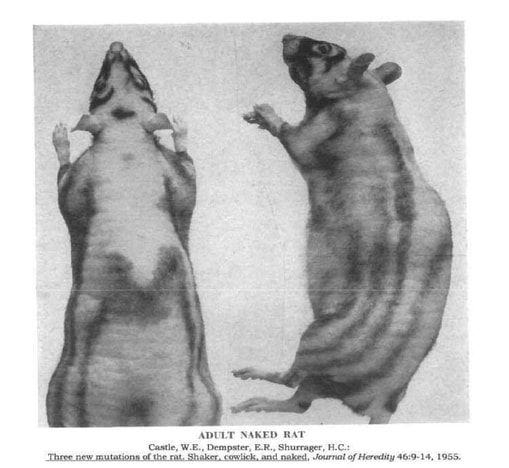
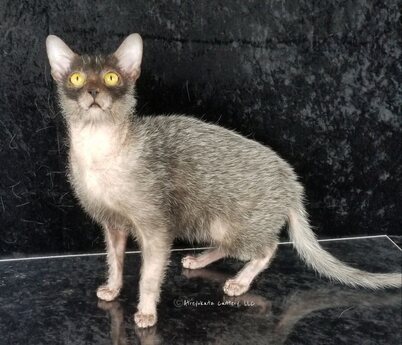
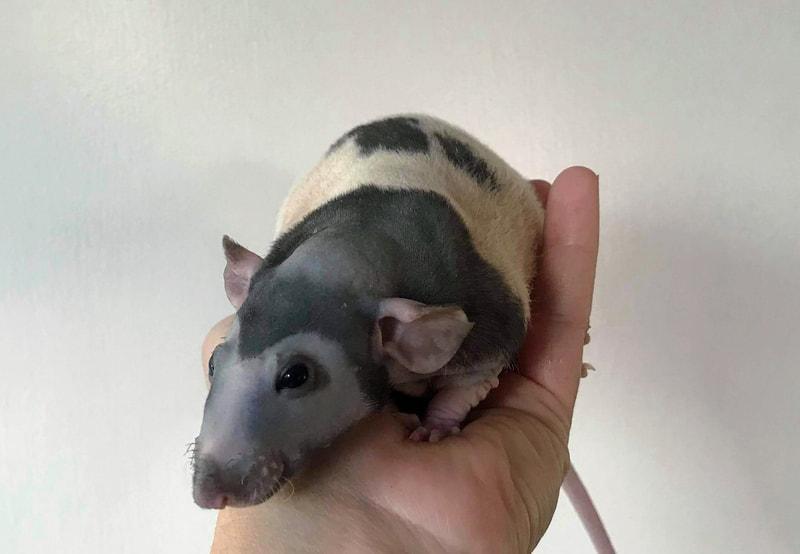
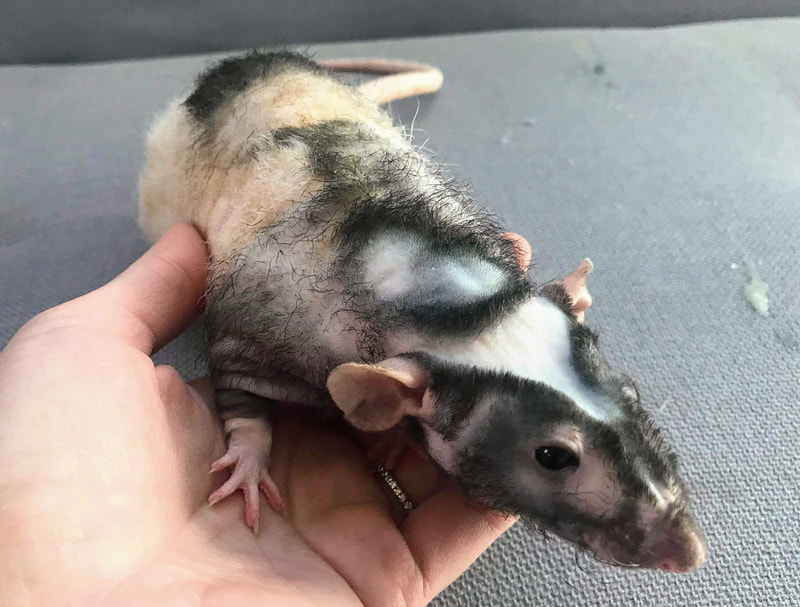
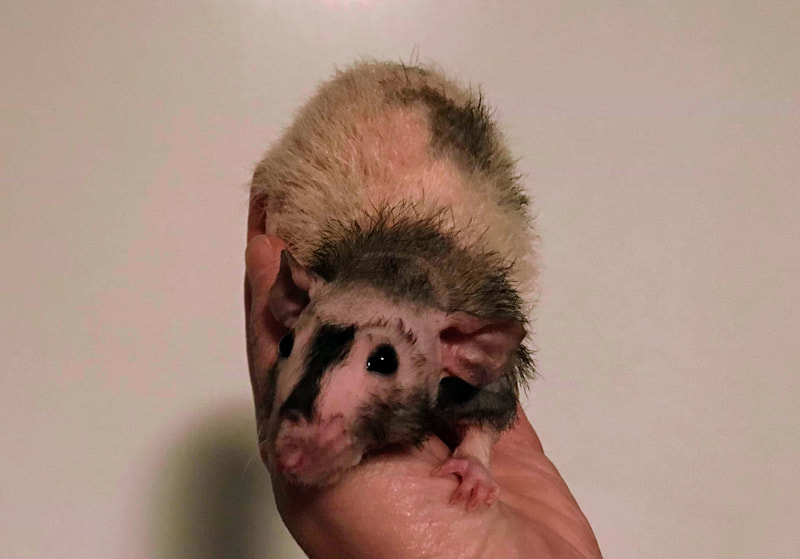
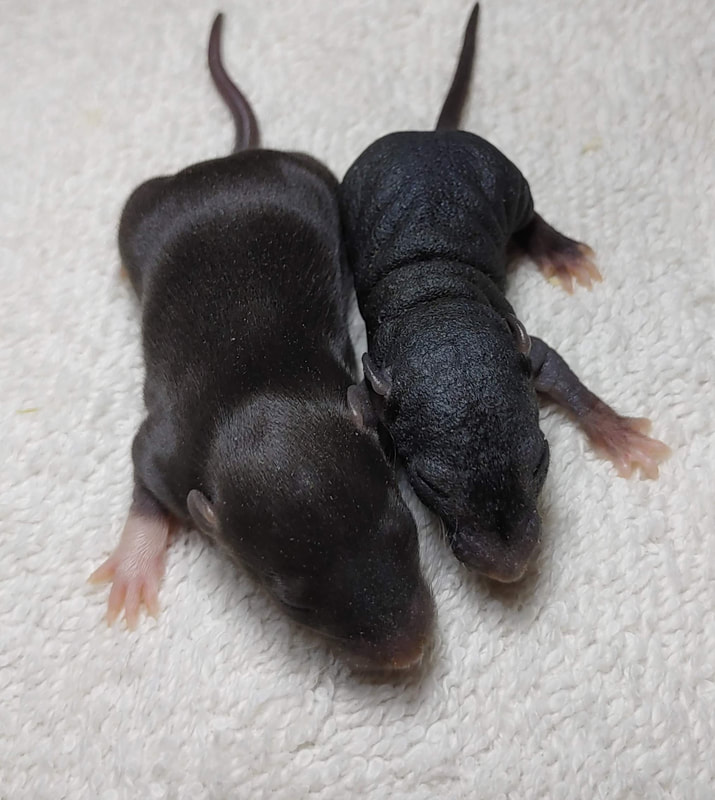
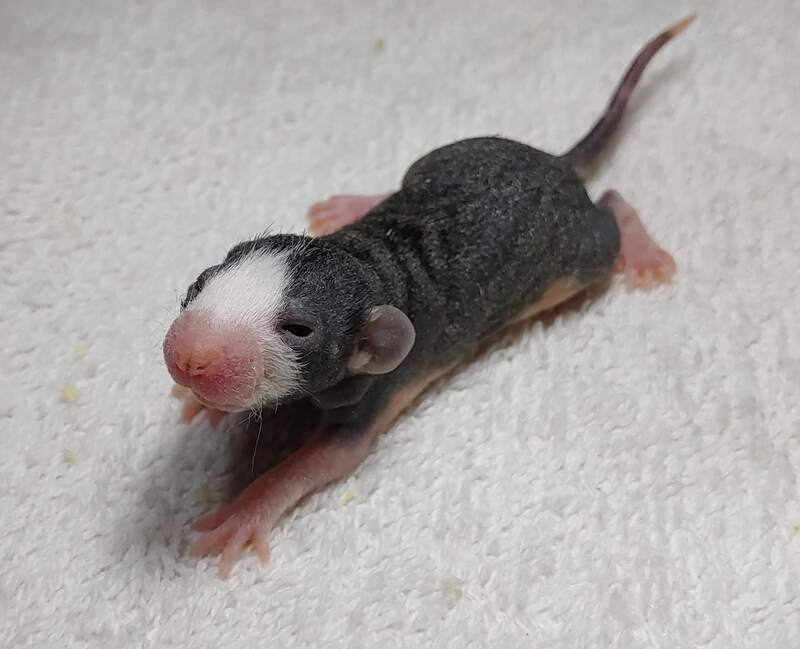
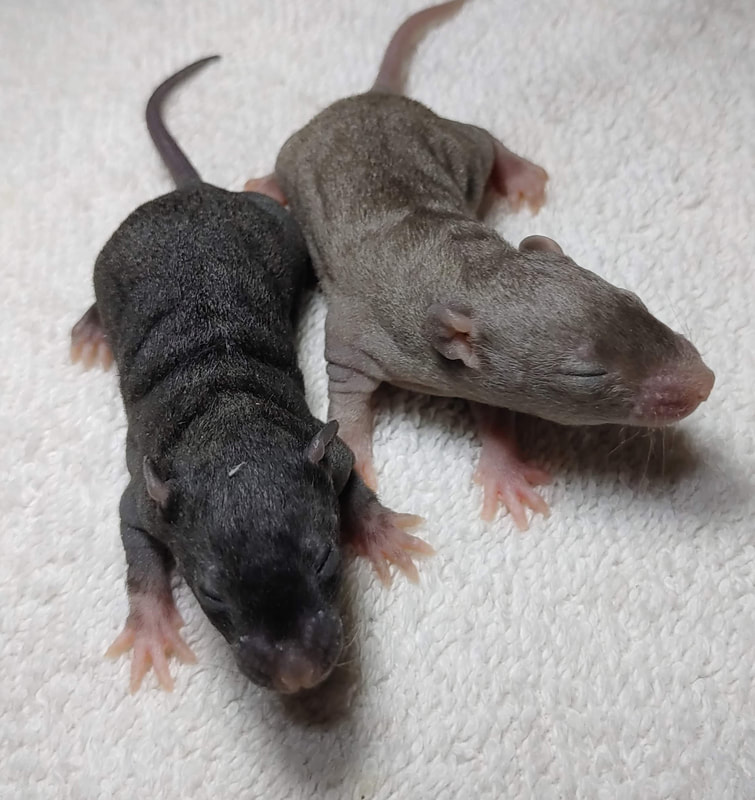
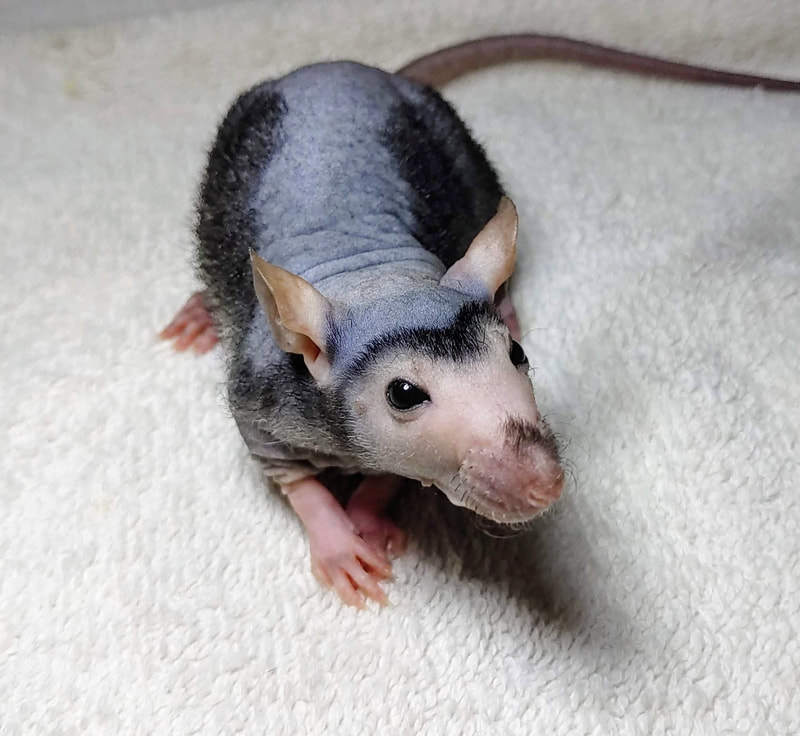
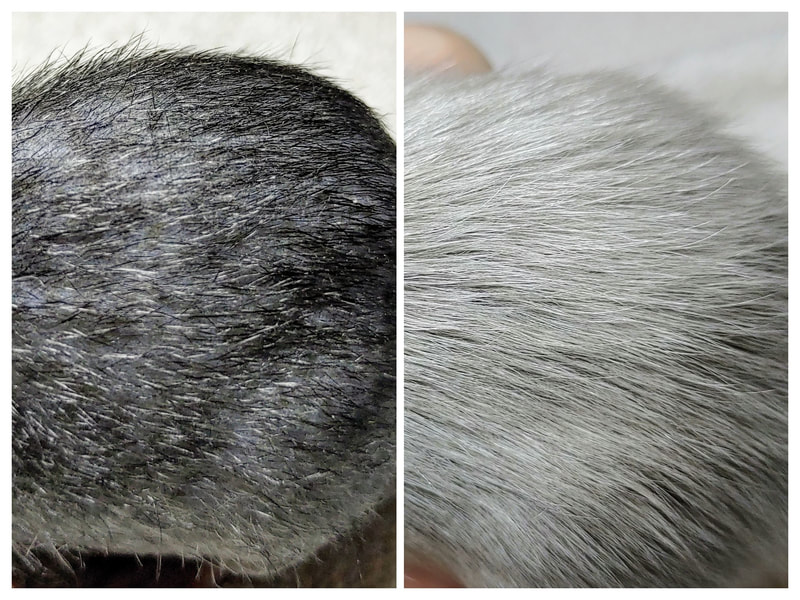
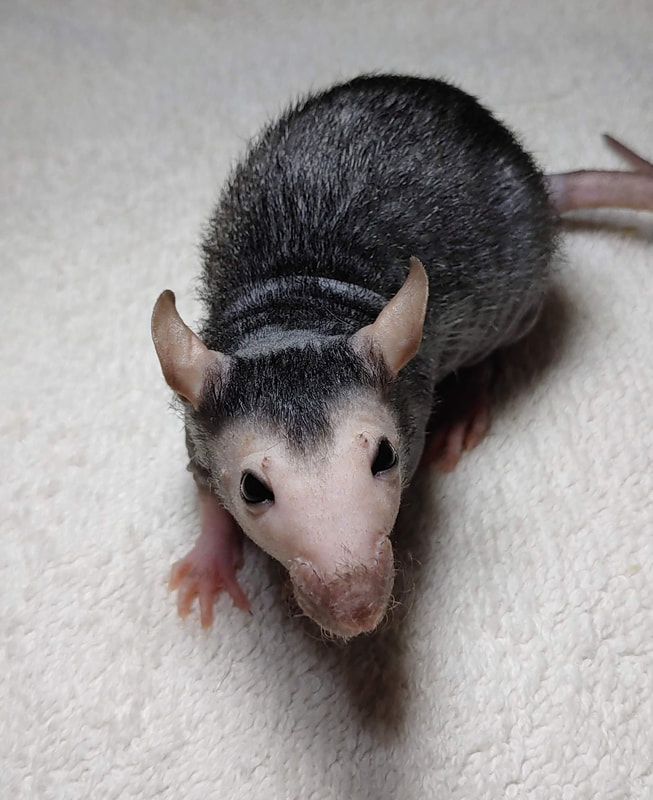
 RSS Feed
RSS Feed